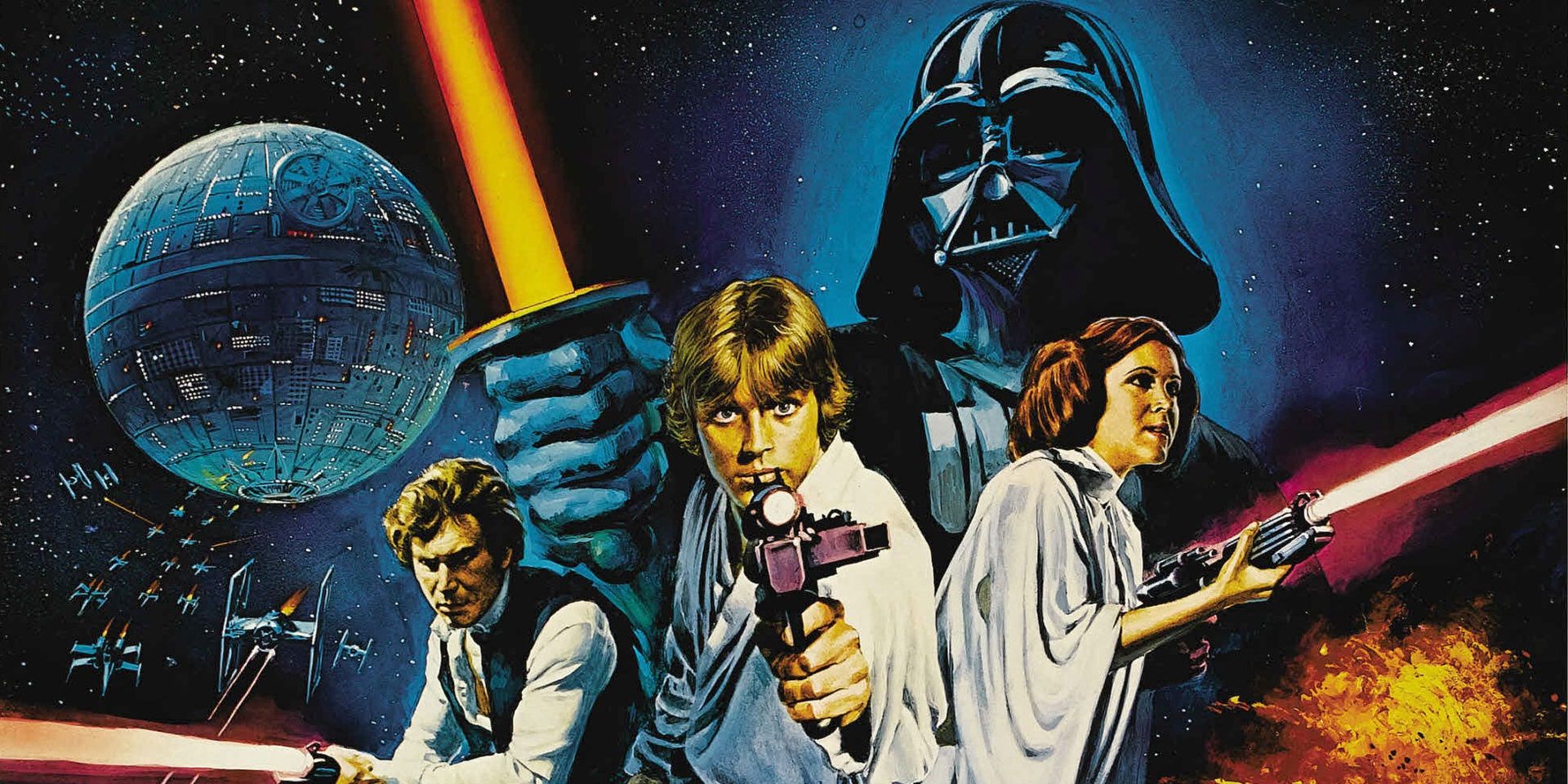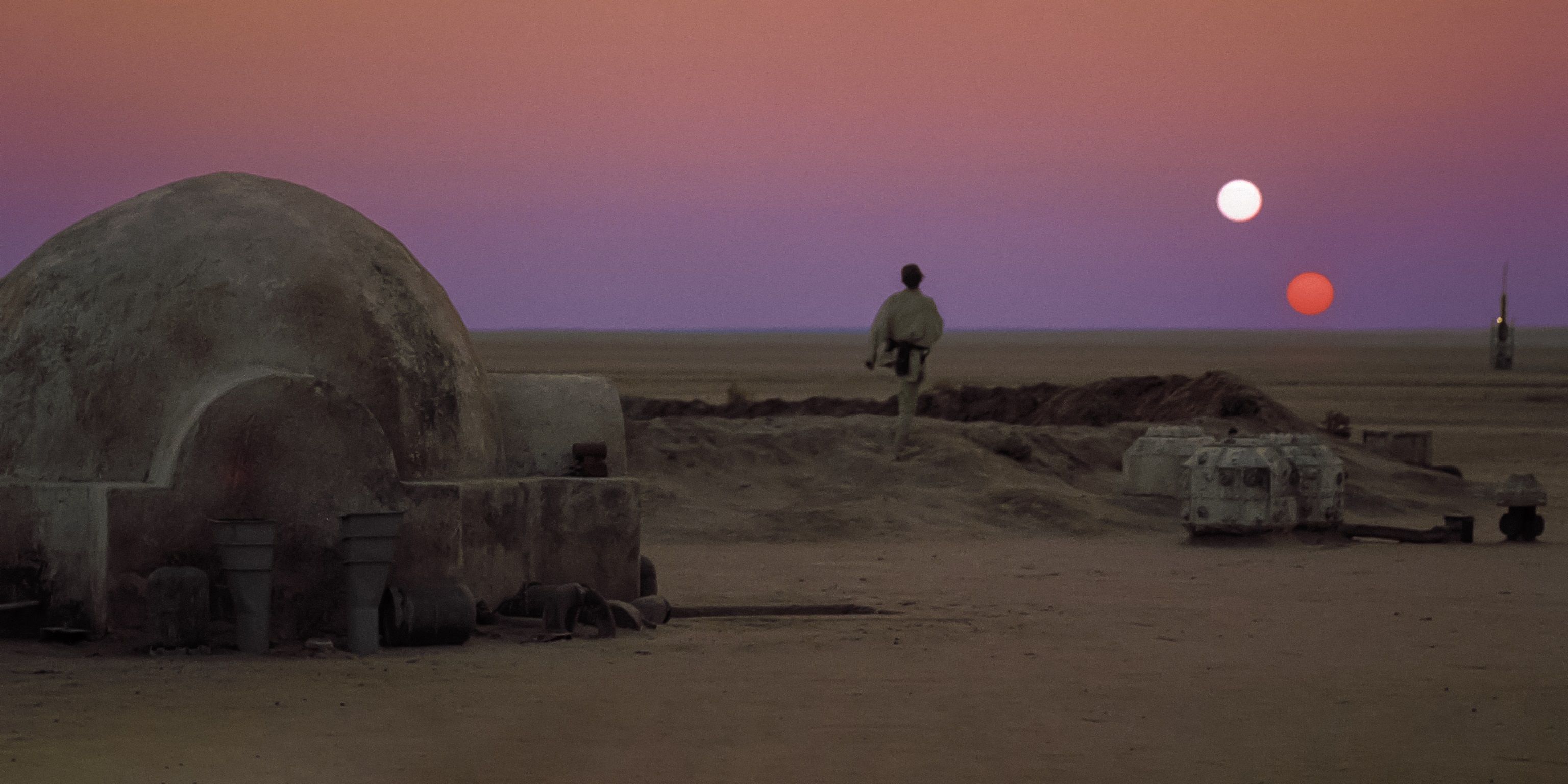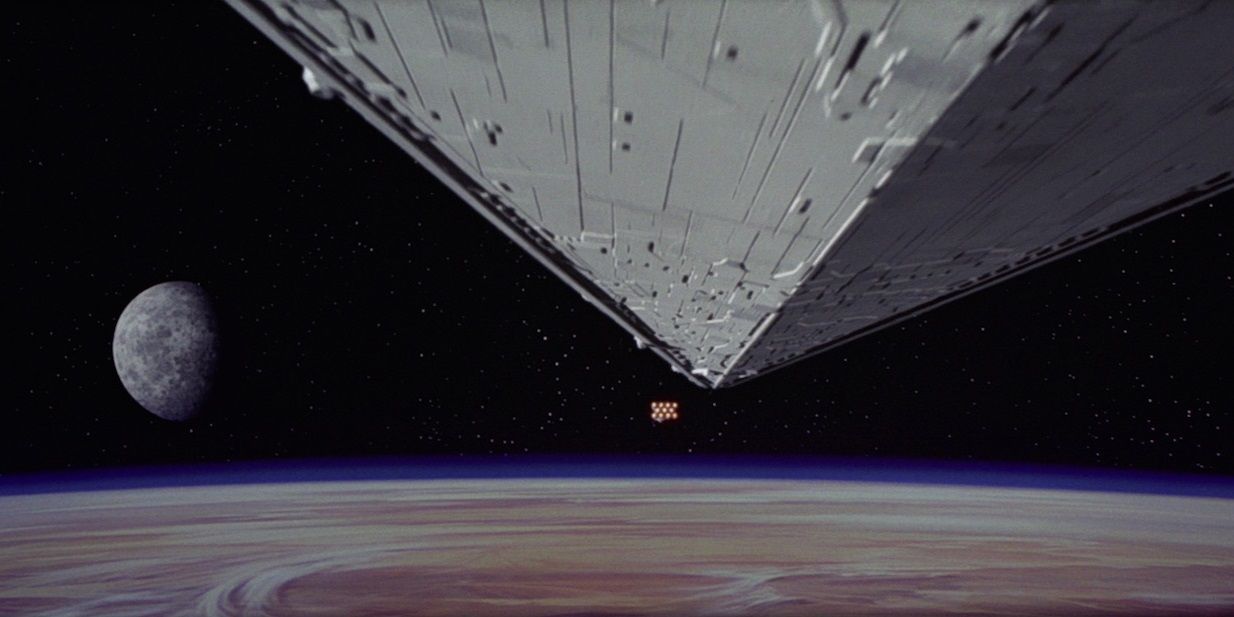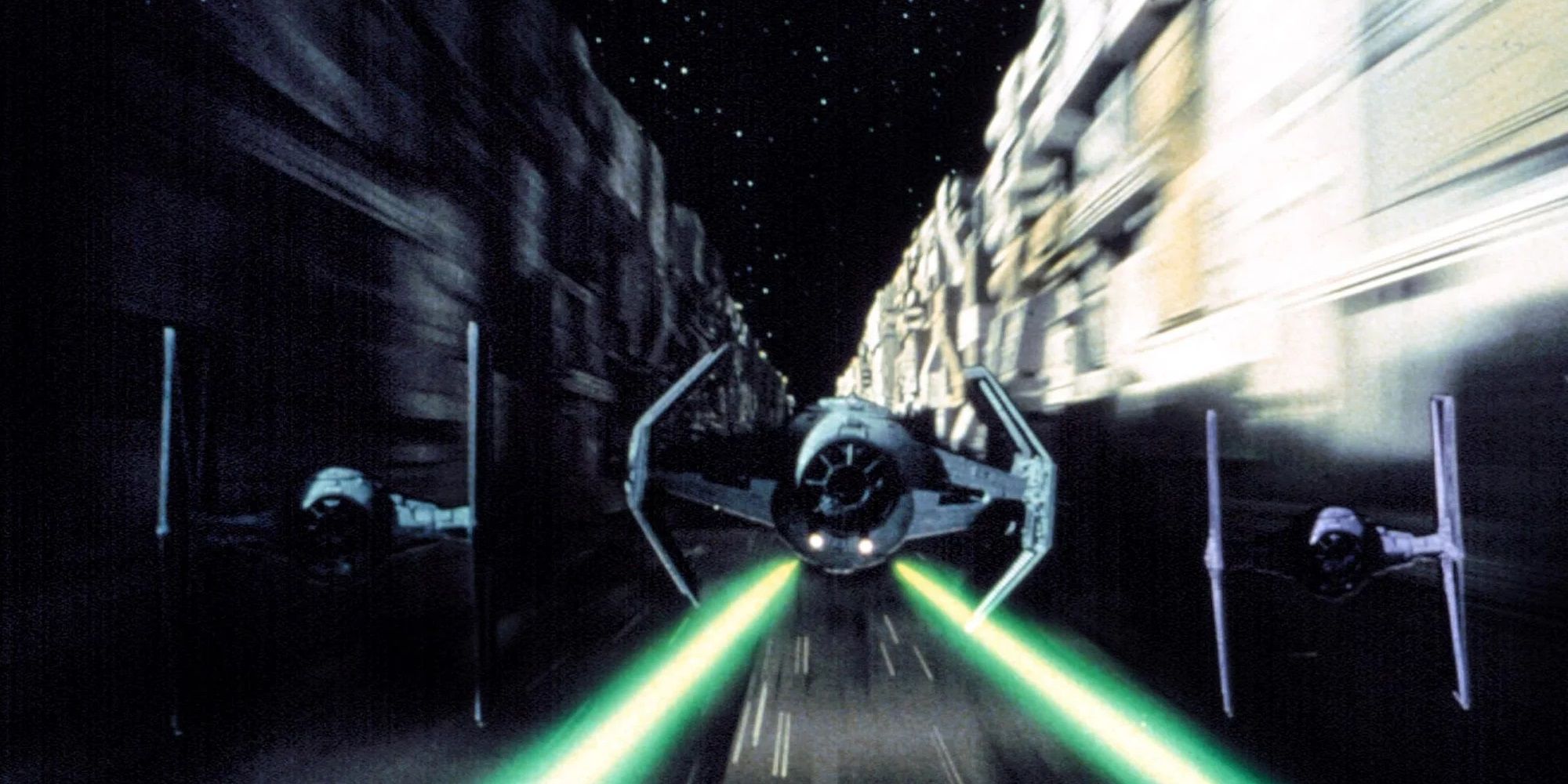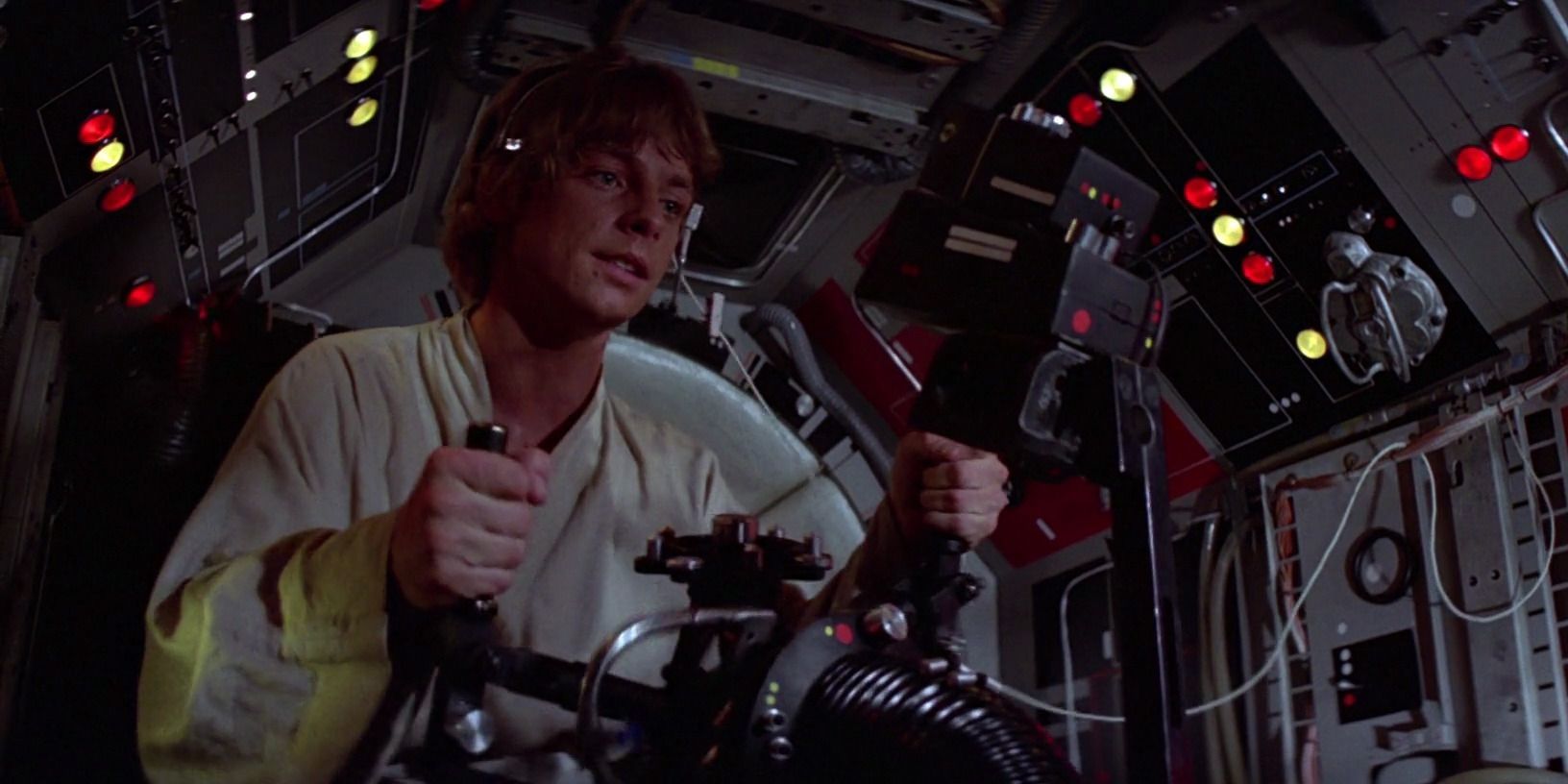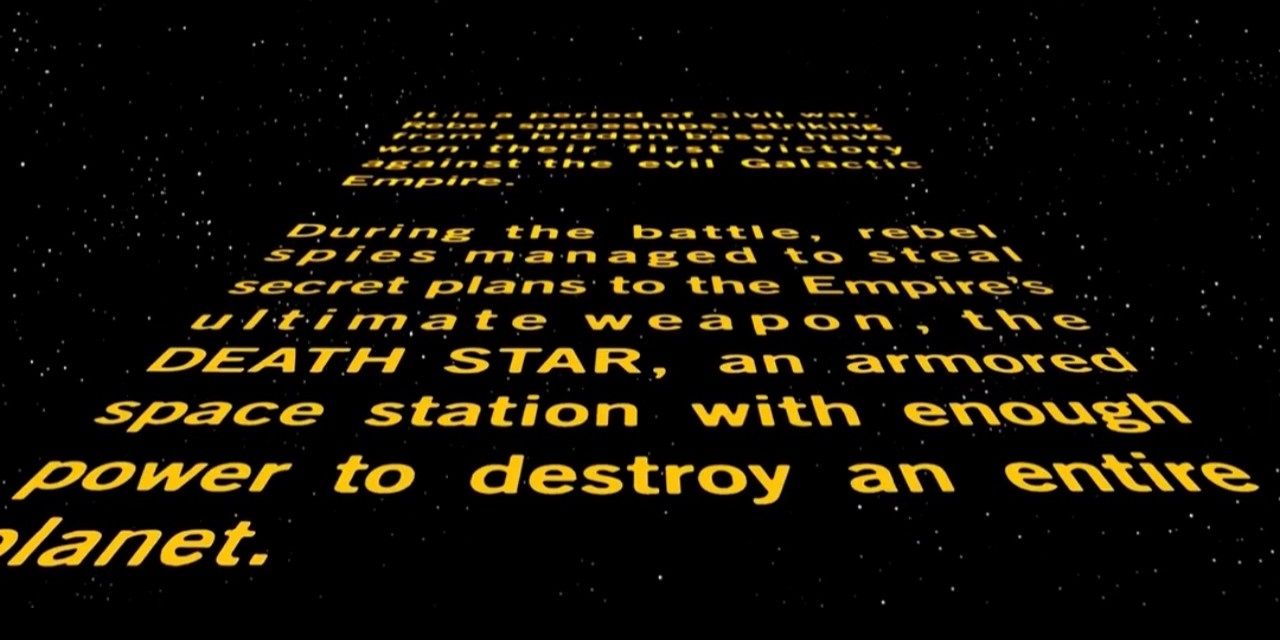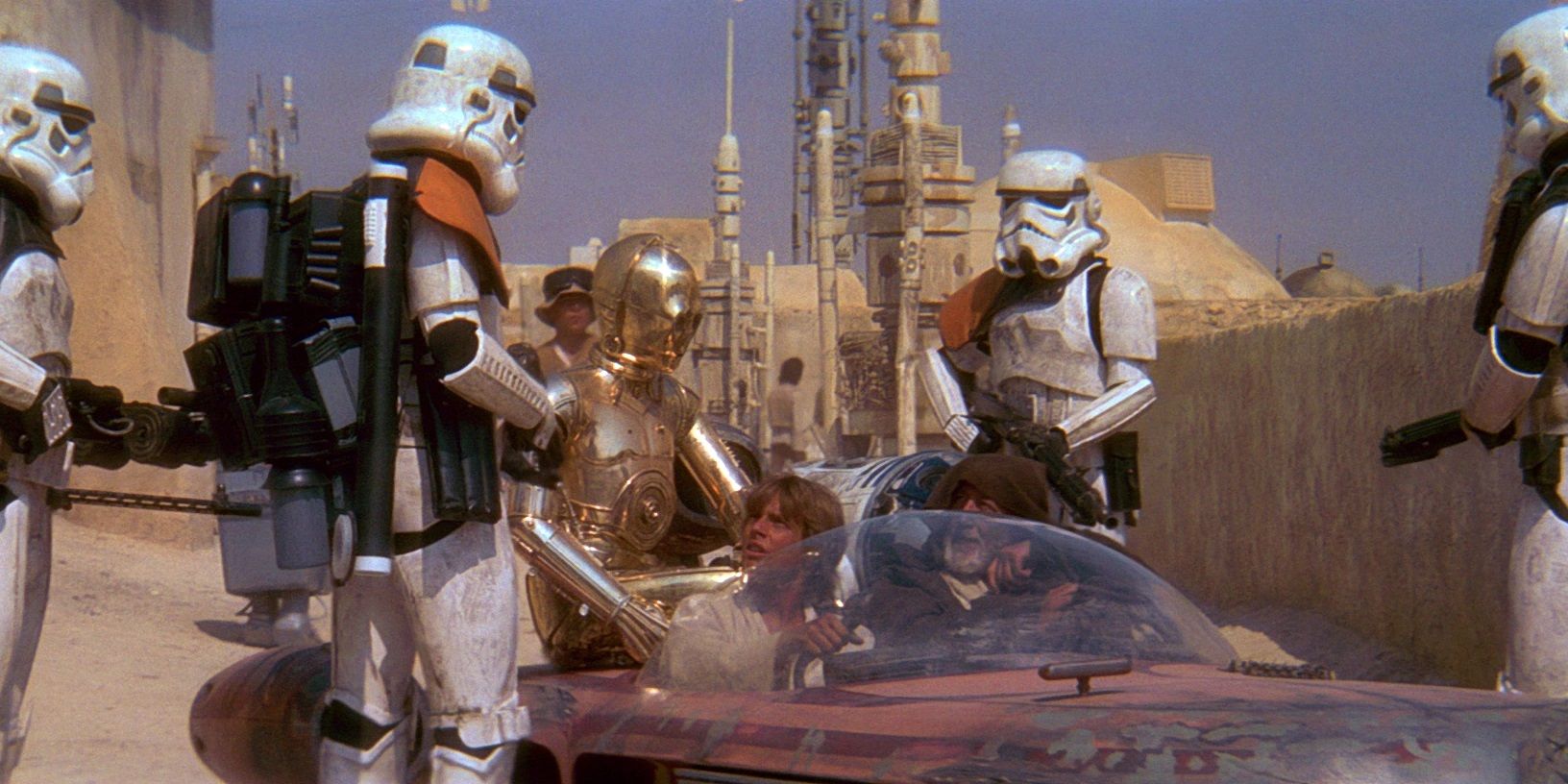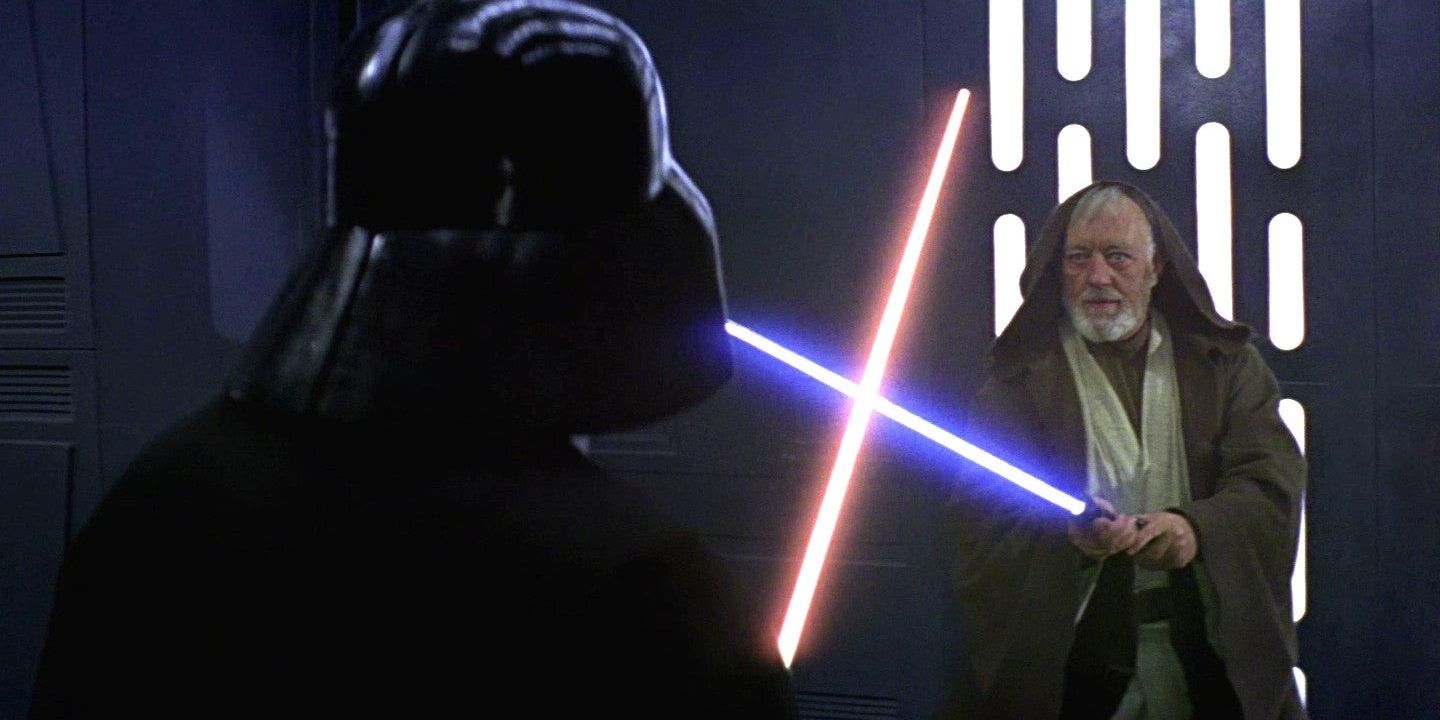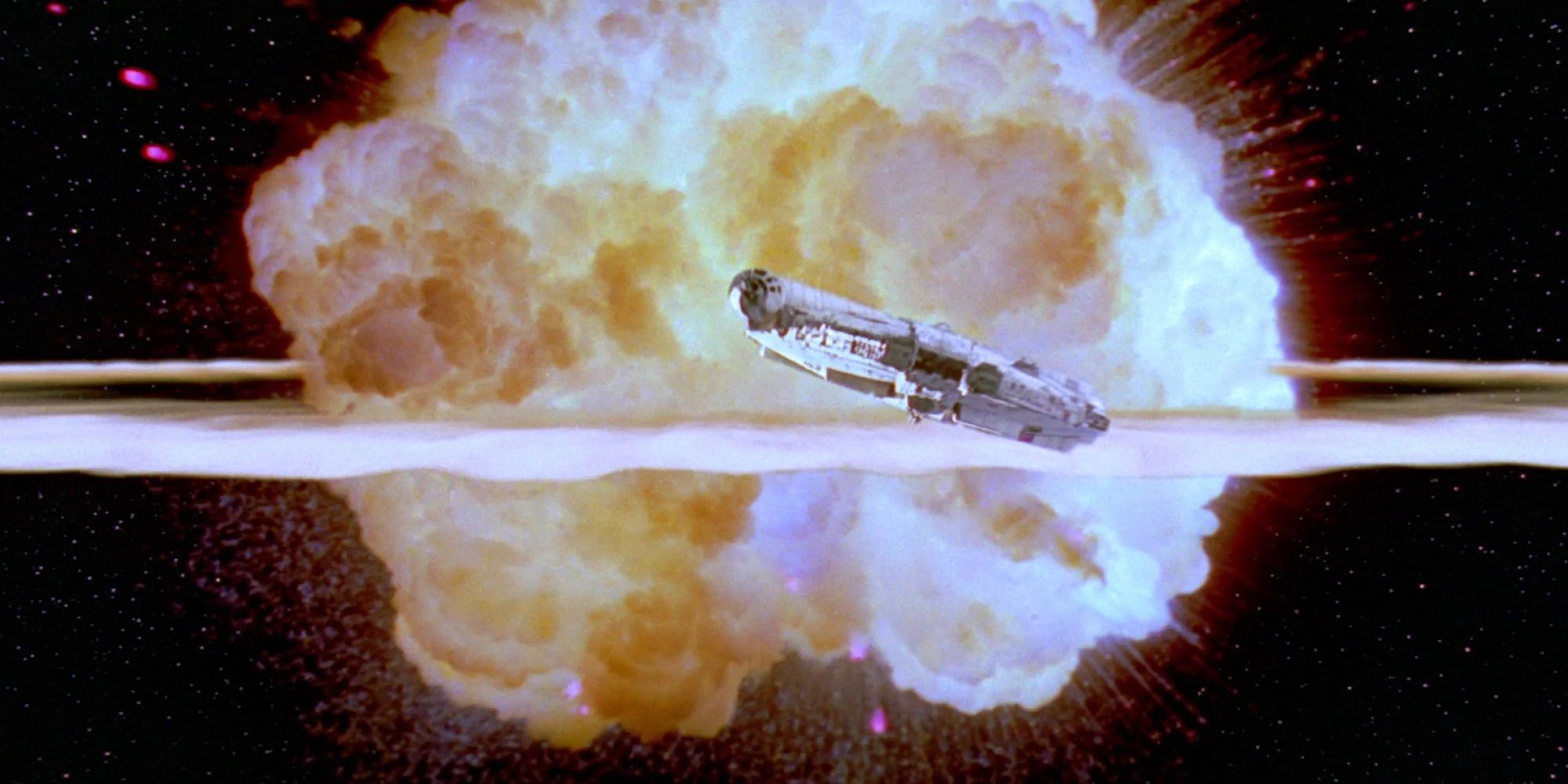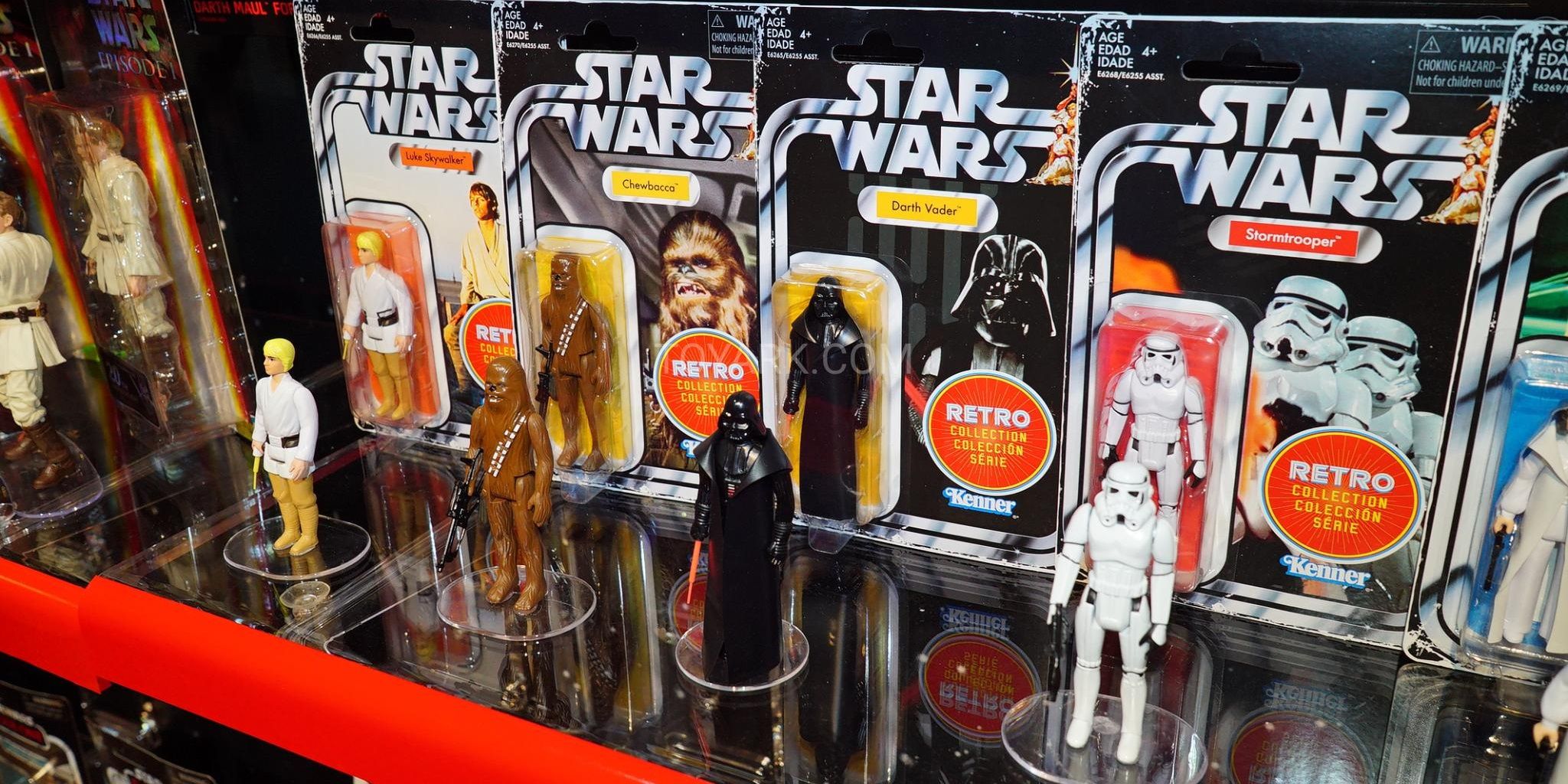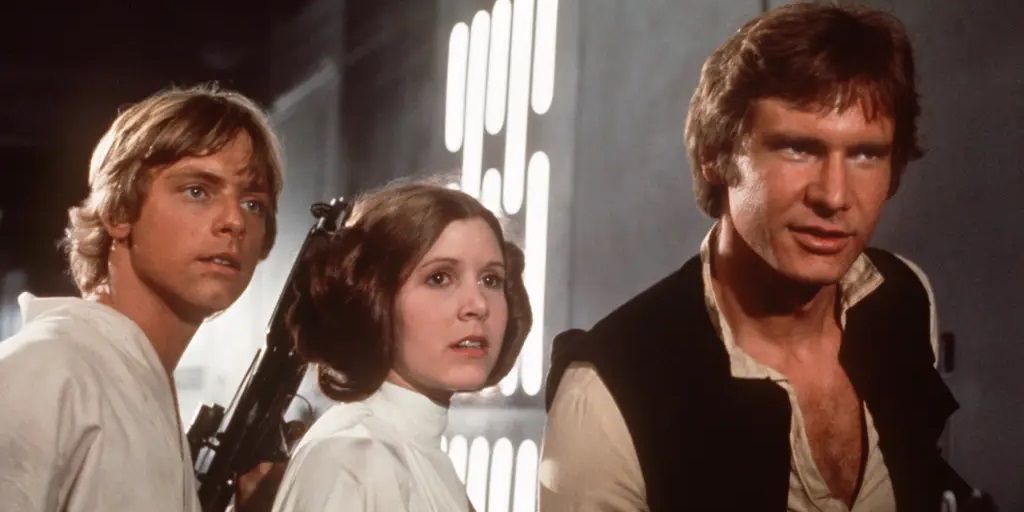While Steven Spielberg’s Jaws is widely regarded to be the first-ever summer blockbuster, George Lucas’ Star Wars is the movie we have to blame for the incessant reign of franchises over the theatrical moviegoing experience. Each year, there are more and more sequels and fewer and fewer original stories being told on the silver screen.
On one hand, it’s a shame, but on the other hand, franchises like Star Wars have consistently delivered some of the most memorable and exhilarating moviegoing experiences of all time. A lot of trends that are now common in blockbuster cinema originated in Lucas’ groundbreaking 1977 masterpiece.
Joseph Campbell’s “Hero’s Journey”
In the wake of Star Wars’ release, Hollywood studios were ecstatic to learn that George Lucas had based his story on Joseph Campbell’s work with comparative mythology and the “hero’s journey,” so the most successful movie of all time could be distilled into an endlessly repeatable formula.
Thanks to the steps of the hero’s journey, which are more of a guideline than a strict set of rules for how to tell a good story, Hollywood has figured out that formula and will keep repeating it until the end of time.
Worldbuilding
Worldbuilding has become as common in Hollywood blockbusters as three-act story structures since George Lucas took audiences from a wretched hive of scum and villainy to a space station with the ability to destroy a planet.
Unfortunately, there are far more examples of bad worldbuilding (Bright, Divergent, Eragon, Cowboys & Aliens, the Warcraft movie) than good worldbuilding (Tolkien, Black Panther, A Song of Ice and Fire).
Special Effects
Starting with Easy Rider in the late ‘60s, the “New Hollywood” movement pioneered by George Lucas’ contemporaries replaced the big-budget musicals that died out with the Golden Age with gritty, low-budget, artistic fare with meaningful themes and dramatic nuance.
This paved the way for movies like Mean Streets, Chinatown, and Dog Day Afternoon. But as soon as Star Wars came along, these were replaced by big-budget special effects-driven genre movies.
Pure Escapism
With its pulpy tone, immersive worldbuilding, and ludicrous plot devices, Star Wars is pure escapism. From the opening title card, Lucas whisks audiences away to a galaxy far, far away for a fun-filled cinematic adventure.
Every blockbuster since has tried to recapture the magic of Star Wars. The escapism of Star Wars — and Marvel movies, and DC movies, and Transformers, and Harry Potter — allows children to see their wildest imaginations realized on the screen and allows adults to feel like they’re kids again.
Setting Up A Multi-Part Narrative
While Star Wars was constructed to stand on its own if it didn’t make enough money to launch a franchise, George Lucas planned at least five subsequent movies from the beginning. The opening text crawl announces that the original 1977 movie is “Episode IV” of a larger narrative (well, not in the original cut, but the original cut of The Empire Strikes Back did declare it to be “Episode V” when it was the second Star Wars movie released). The first Star Wars movie set the stage for sequels: while Luke destroys the Death Star, the Empire and Darth Vader are still intact by the end of the movie.
The next two movies in the saga, The Empire Strikes Back and Return of the Jedi, would establish the trilogy as Hollywood’s M.O. for tentpole franchises. Setting up multi-part narratives has become Hollywood’s bread and butter since Marvel created interconnected cinematic universes. The more movies a franchise can lock viewers in for, the better.
Used Future
The grimy, lived-in aesthetic of Tatooine in Star Wars — dubbed a “used future” visual style — was groundbreaking. Until then, futuristic settings had been depicted as sleek, shiny, chrome-filled worlds where everything looked brand new.
The “used future” aesthetic in Star Wars inspired such filmmakers as Ridley Scott, James Cameron, and Peter Jackson, who drew on Star Wars’ influence when making Alien, The Terminator, and The Lord of the Rings trilogy, respectively.
Death Of The Hero’s Mentor
Ben Kenobi acts as a mentor figure to Luke Skywalker throughout Star Wars. He brings him to Mos Eisley Spaceport, gives him his initial Force training on the Millennium Falcon, and inspires him to blow up the Death Star at the end of the movie. Halfway through Star Wars, Kenobi is struck down by Darth Vader. It breaks Luke’s heart, but also gives him the push he needs to defeat the Empire.
Since then, every blockbuster hero’s mentor has bitten the dust: the Ancient One in Doctor Strange, Dr. Erskine in Captain America: The First Avenger, Yinsen in Iron Man, Zuri in Black Panther, Dr. Wendy Lawson in Captain Marvel (there’s a lot of examples in the MCU), Christopher Pike in Star Trek Into Darkness, Mickey in Rocky III, Apollo Creed in Rocky IV, Harry Hart in Kingsman (kinda), Dr. Schultz in Django Unchained, Professor X in X-Men: The Last Stand, Antiope in Wonder Woman — the list goes on. Interestingly, in the early drafts of Star Wars, Obi-Wan survived to the end.
The Final Battle
Almost every big-budget blockbuster that hits theaters ends with a final battle in which the good guys and their armies take on the bad guys and their armies. This can be seen in all the MCU movies, all the DCEU movies, The Lord of the Rings trilogy, the Pirates of the Caribbean movies, the Transformers movies, not to mention every subsequent Star Wars movie.
George Lucas established this trope with Star Wars, which culminates in the Death Star trench run, one of the most exciting climaxes in movie history.
Merchandise
Executives at 20th Century Fox thought they were taking George Lucas for a ride when they slashed his fee for directing Star Wars in exchange for the merchandising rights. Lucas got the last laugh, of course, as the Star Wars phenomenon exploded, spawning bestselling toys, video games, books, and comics.
The merchandise for Star Wars ended up generating much more revenue than the movie itself. Studios have been releasing merchandisable movies ever since, resulting in entire movies based on toys and the creation of Funko Pop-ready characters like Baby Groot.
The Most Successful Movies Are Expected To Fail
20th Century Fox believed that Star Wars would flop and even tried to bury it under the lucrative release of a different movie that was supposed to be a huge hit that, ironically, ended up failing miserably. Of course, Jedi fever swept the globe and Star Wars became the highest-grossing movie of all time.
Since then, the so-called box office experts have continually underestimated the biggest movies of all time. Titanic was expected to bomb; the Marvel Cinematic Universe wasn’t expected to take off; Avatar was expected to lose money — all the most successful movies are expected to fail by the pundits.

